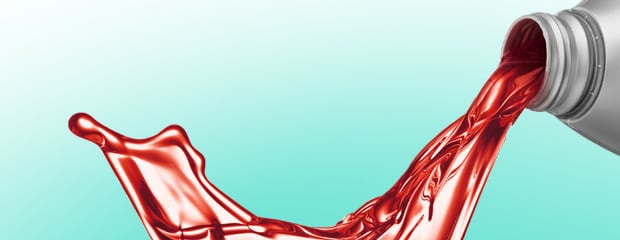
Brake fluid is a liquid within the braking line, either in glycol ether or diethylene glycol. It has a constant viscosity in various ranges of temperatures. Whether you are in freezing temperatures, the fluid viscosity will always remain constant. The brake fluid's primary purpose is to deliver energy from the pedal to the brake calipers to make a stop.
The fluid also has a high boiling point that makes it resist high temperature when braking. It operates under high temperatures and high pressure to stop a car or a truck. Through some additives, the brake fluid prevents the braking component from corrosion.
A braking system requires brake fluid to activate brakes. It exact pressure through a hydraulic system. When you insert pressure into the brake pedal, a master cylinder adds force to the brake fluid. It then flows to the wheel cylinder available to all drum brake system on each wheel. The calipers cause a squeeze to the brake pads against the rotor to cause friction and slow down or stop.